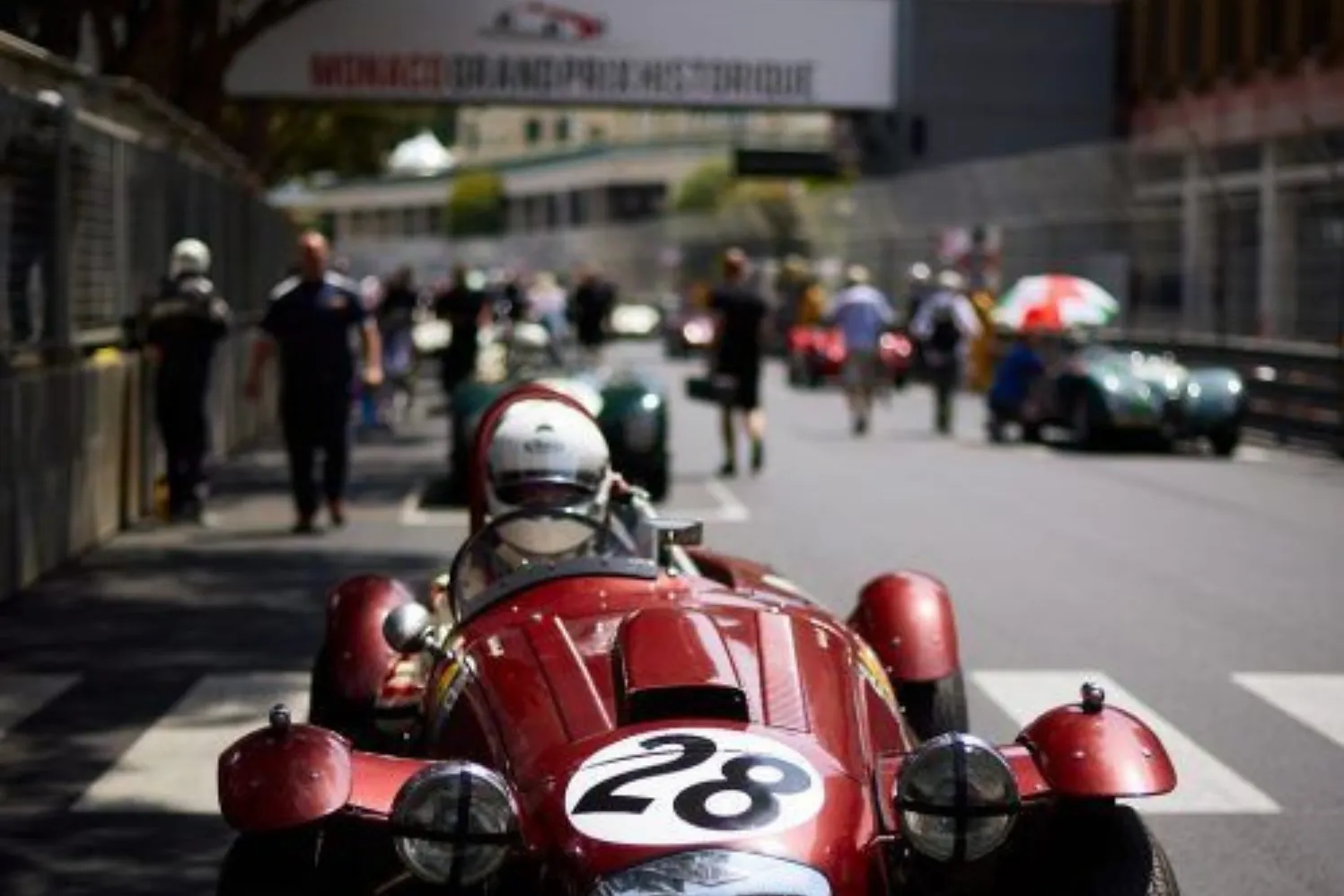
May is the month of Formula 1 in Monaco, but for car enthusiasts, the real event is the Grand Prix Historique that precedes the F1 circus by two weeks, in the second week of the month. This biennial event also reflects on the auction calendar in the sector, taking advantage of the presence of collectors and enthusiasts in the Principality to sell mainly non-street-legal competiton cars, in particular former F1 and Rally cars from the 1950s to the early 2000s.
Catalytc Events
The Historique GP sees the active participation of dozens of drivers ready to launch their cars on the streets of the Principality, reliving the feats of the great names of the past and bringing to life vehicles that would otherwise languish in conditioned garages, as they are normally not authorized for urban circulation.
The experience of a weekend filled with the thrill and the noise of the incredible engines of the 20th century aTracts a more modest crowd compared to the F1, but one much more selective and interested in the historical and cultural aspects of motorsport. An exclusive club of wealthy collectors willing to risk damaging million-dollar vehicles just to uphold the competitive spirit for which these racing cars were born, to the extent that the '70s class saw three incidents with limited and repairable consequences for three vehicles.
In the days just before the weekend, three international auction houses, RM Sotheby's, Artcurial, and Bonhams, collectively sold 158 cars out of just under two hundred offerings, for a total value of about 75 million euros, an excellent overall result for the sector which is on the rise thanks also to the newcomer in Monaco, the French auction house Artcurial, which sold all 44 lots from a collection.
The Auctions: Who Rises... and Who Falls
The high selling percentages are also due to the doubling of the number of lots offered without reserve, well over half of the total, including the entire Artcurial catalog. Predictions were exceeded for the competition cars of the 1979 World Champion Jody Scheckter with his Ferrari 312 T4 at 7.6 million euros, but also for a rare 1972 Ferrari Daytona Spider that reached a record price for the model of 3.4 million euros.
There is no surprise, however, in the slowdown of the race in the two sectors most subjected to the speculative pressure of the period 2020-2022: the very latest 'supercars, mostly Porsche models, and 1960s Ferraris in particular. The very latest models of McLaren, Ferrari, and Porsche struggle to sell at the unrealistic prices demanded by speculators who thought they could make easy profits in a few months, while in other cases such as the Ferrari models of the 250 series from the late '50s to the early '60s, the absence of reserve prices allows for maintaining values in line with the increases that occurred around 2015.
The market remains lively in any case, and the adjustment of prices after the speculative mirages post-pandemic does not constitute a generalized collapse; instead, it should be considered as an opportunity for those who intend to enter the sector with the collector's spirit, thanks also to the widespread adoption of no-reserve sales.

